Woods Walks and Wildlife "The Turkey's the Turkey, You Turkey."*
Official Language: Turkish Currency: Turkish liras (TRY) Form of Government: Presidential republic Climate: Temperate; hot, dry summers with mild, wet winters; harsher in interior Total Area: 302,535 square miles (783,562 square kilometers) Highest Point: Mount Ararat 16,854 feet (5,137 meters) Lowest Point: Mediterranean Sea 0 feet (0 meters)

National Geographic Photo Contest, National Geographic Travel, Turkey Art, Turkey Photos, Blue
Erdogan squanders Turkey's geographic advantage. In contrast to Erdogan, Vladimir Putin is a pro: He has played the Turkish leader time and again. by Henri J Barkey April 21, 2021. Turkish President Recep Tayyip Erdogan and his Russian counterpart Vladimir Putin. Photo: AFP / Alexei Druzhinin / Sputnik.

Download National Geographic Turkey Nisan 2015 PDF Magazine
His storytelling is influenced by a wide range of interests, which gives his work a unique and engaging style. Discover the best places to visit in Turkey: #1 Fethiye, #2 Istanbul, #3 Bodrum, #4 Pamukkale, #5 Mardin, #6 Konya, #7 Cappadocia, #8 Cyprus, #9 Antalya, #10 Cumalikizik.
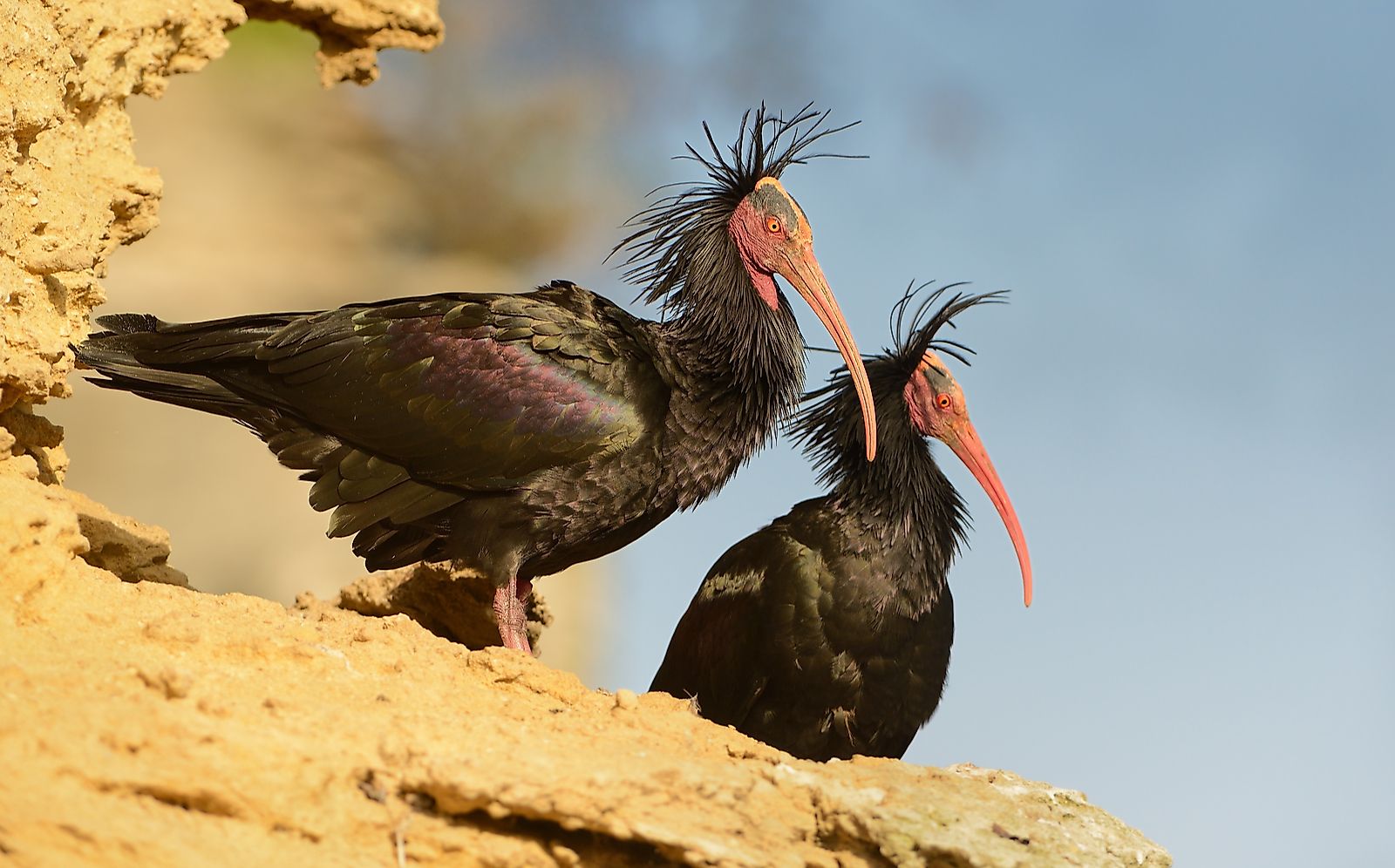
10 Animals Found In Turkey WorldAtlas
Turkey (Official name: Republic of Turkey) has a unique geographic location, as its territories spread out in both Asia and Europe.Over history, Turkey played an important role in connecting and separating these two continents. Being in the crossroads between the Balkans, the Caucasus, the Middle East, and the east Mediterranean, Turkey is a very important state from a geographically perspective.
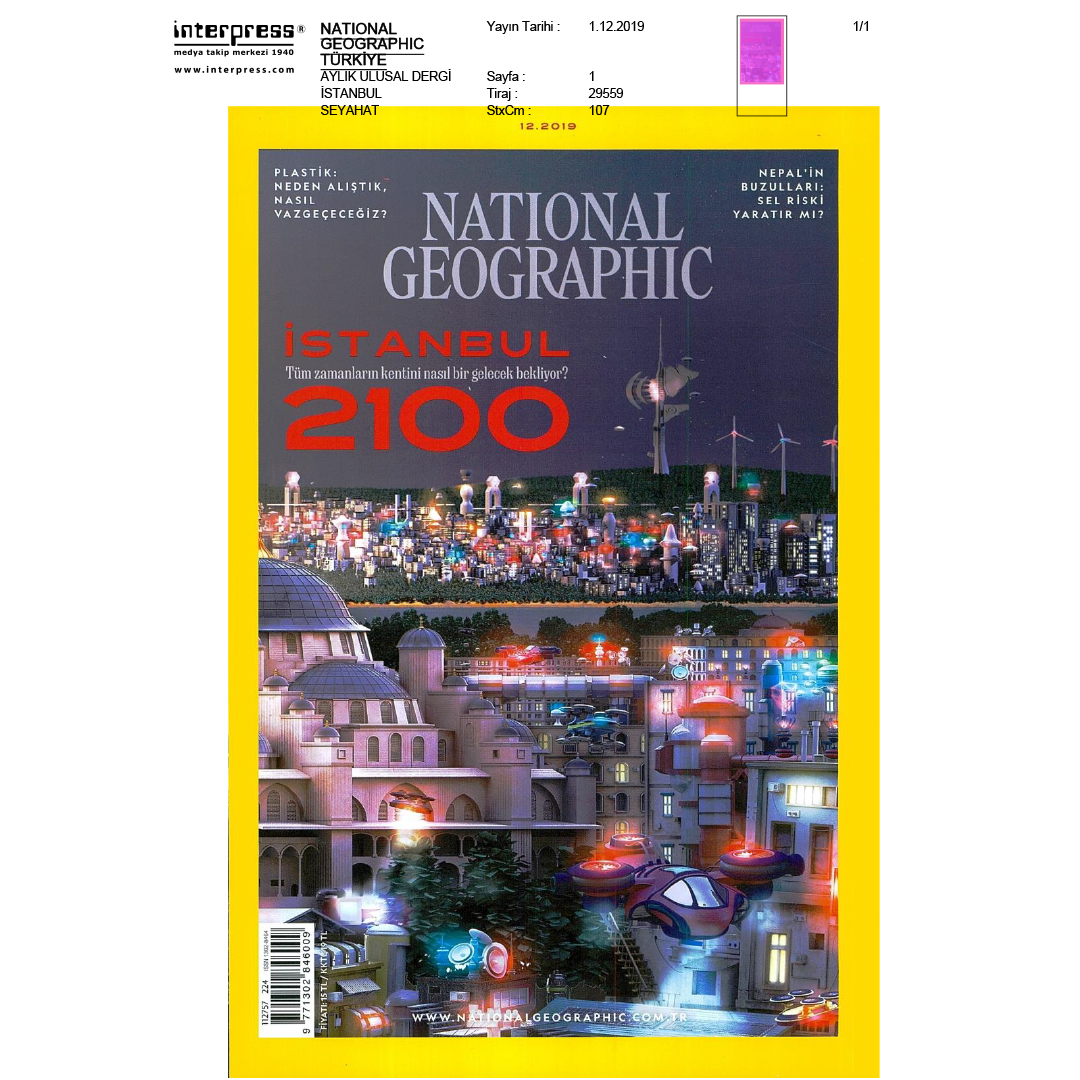
National Geographic Turkey Melike Altinisik Architects
Turkey Geography Exploring the Turkey National Geographic canvas reveals an awe-inspiring range of geographic features. From the imposing Taurus mountains to the vast Anatolian Plateau and the lush vineyards of Thrace, the country presents a mesmerizing tapestry of natural beauty.

Turkeys National Geographic Education Blog
Because of Turkey's unique geographic position, visitors can experience four very distinct climates, which vary considerably from region to region. There is the temperate climate of the Black Sea, with its lush mountain landscapes, rugged coastline and agricultural abundance, the Mediterranean climate of the southern coast, with its ancient.

Turkey's Geographic Challenge
Turkey is the world's leading refugee-hosting country, giving shelter to approximately 3.6 million forcibly displaced people. This status has been both a source of pride for the country and a crucial geopolitical tool, as Ankara has weighed its humanitarian responsibilities with other obligations.
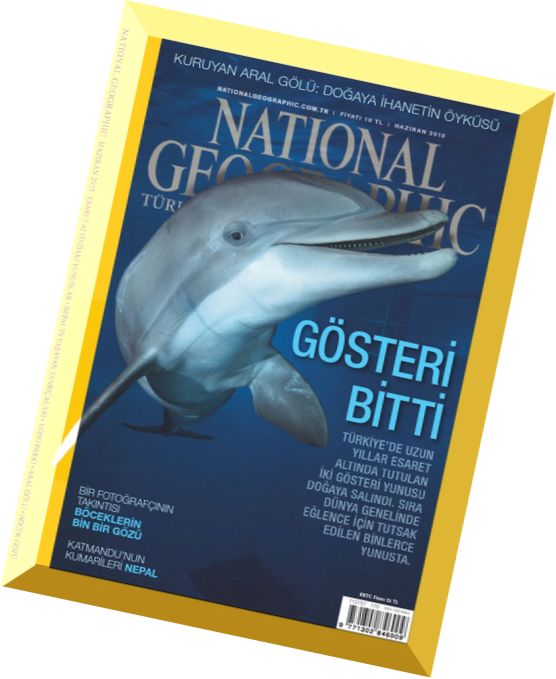
Download National Geographic Turkey Haziran 2015 PDF Magazine
Turkey, a country of remarkable geographical diversity, is uniquely positioned at the crossroads of Europe and Asia. This transcontinental nation is not only a bridge between continents but also a place where varied landscapes, climates, and natural wonders converge.

1er Premio de fotografia de la revista National Geographic 2013 "Children of Reindeer" de
- Turkiye What are Turkey's physical features? Turkey's physical features present a diverse and striking landscape, marked by unique geographical formations, varied climates, and significant biodiversity.
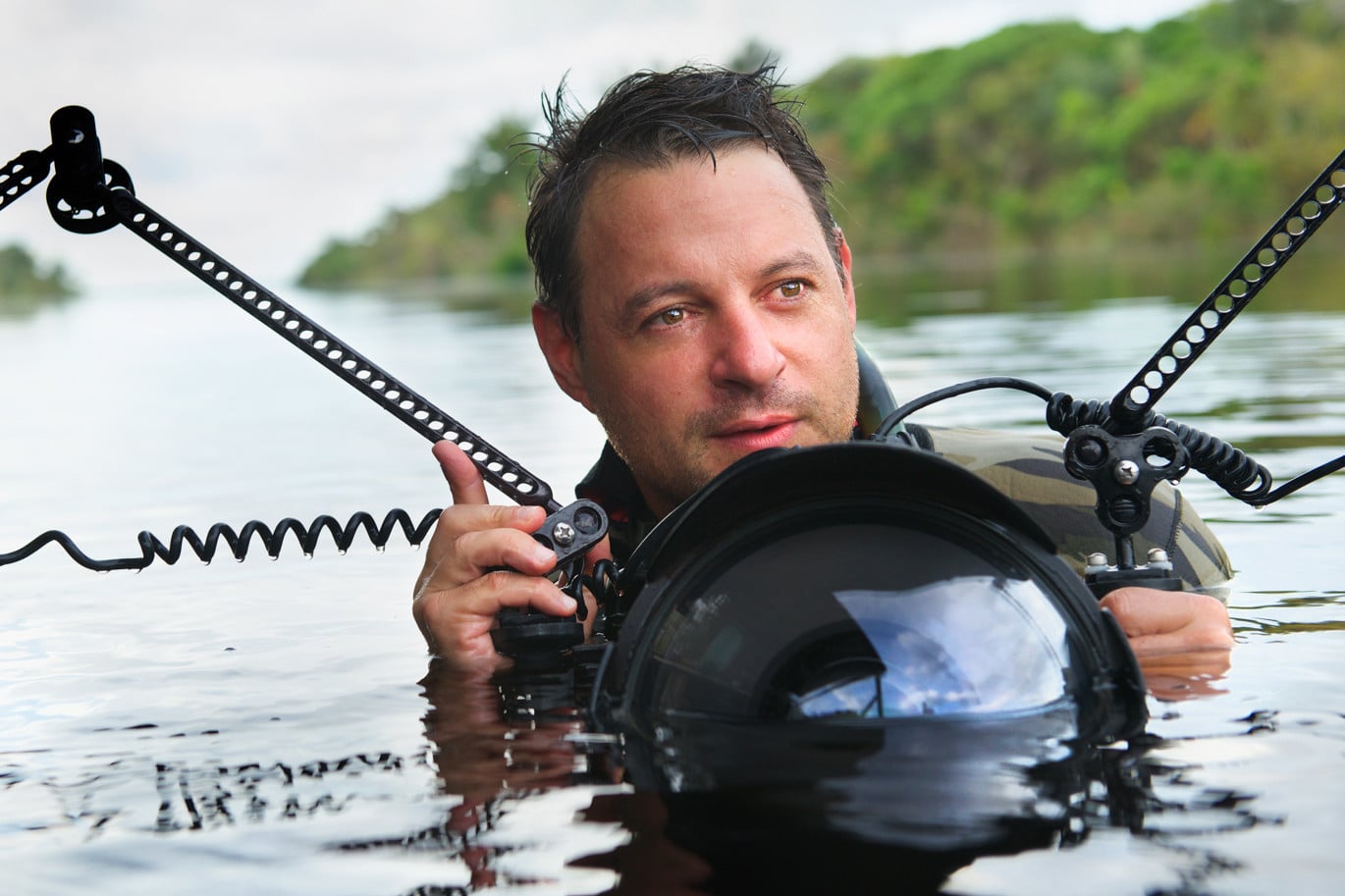
How to Get Published In National Geographic
SUMMARY: Turkey, extending across both Europe and Asia, is the world's 37th largest country with a total area of 783,356 square kilometers. Being about 1.25 times bigger than the state of Texas in the United States, it's known for its diverse topographical features with high mountains, fertile valleys, and stunning coastlines.

mother nature Escape to Turkey's Otherworldly Landscape National Geographic
Geographically, Turkey forms a natural land bridge between the old world continents of Asia, Africa and Europe. The Anatolian peninsula is the westernmost point of Asia, divided from Europe by the Bosphorus and Dardanelles straits. Thrace is the western part of Turkey on the European continent.
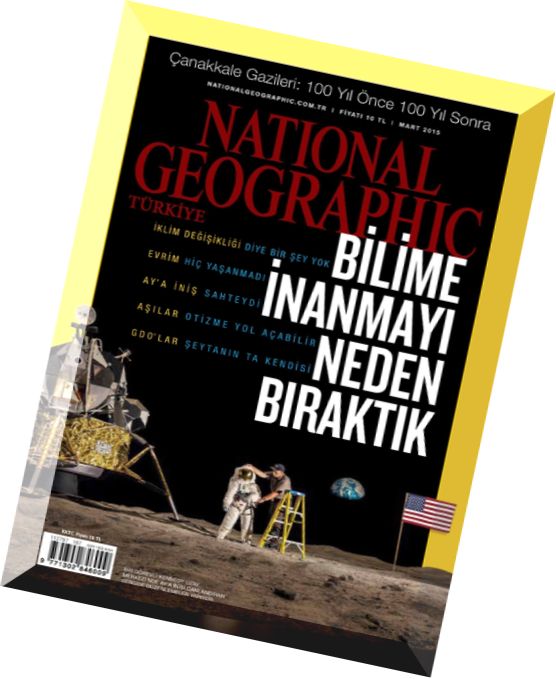
Download National Geographic Turkey Mart 2015 PDF Magazine
Spanning across Europe and Asia, Turkey is a unique country with influences from all around the world. Its diversity means that no two cities are the same, and has created not only some of the most fascinating cultures, traditions and religions, but it has also left remarkable architecture and stunning landmarks that leave visitors in awe.

NATIONAL GEOGRAPHIC 100 Best Pictures Collector's Edition Vol 1 2002 12.00 PicClick
37 Geography of Turkey Turkey (in Turkish: Türkiye), with the Republic of Turkey's official name (in Turkish: Türkiye Cumhuriyeti), is a Eurasian country. The majority of the nation, Anatolia or Asia Minor, lies in South West Asia and the Middle East, but a minor part, Thrace, is in Europe.

Turkey's tourism video foreigners sparks outrage amid lockdown / Twitter
Geography of Turkey; Turkey has very unique location and geography that can make your visit quite special. It is the country where you can go from one continent to another on a bridge. Turkey's lands have very diverse characteristics, you can go from the lush forests to rocky deserts in matter of hours. Where is Turkey Located? Turkey is on.

National Geographic Magazine Turkey 072010.jpg Solvin Zankl photography
Geography: The lands of Turkey are located at a point where the three continents making up the old world, Asia, Africa and Europe are closest to each other. Turkey is situated on an area where Europe meets Asia, creating a link between these two continents. The European part of the country is called Thrace, while the Asian part is known as.

Animal files the Fennec Fox
Geography of Turkey The Anatolian side of Turkey is the largest portion in the country [1] that bridges southeastern Europe and west Asia. East Thrace, the European portion of Turkey comprises 3% [2] of the country and 10% [2] of its population.